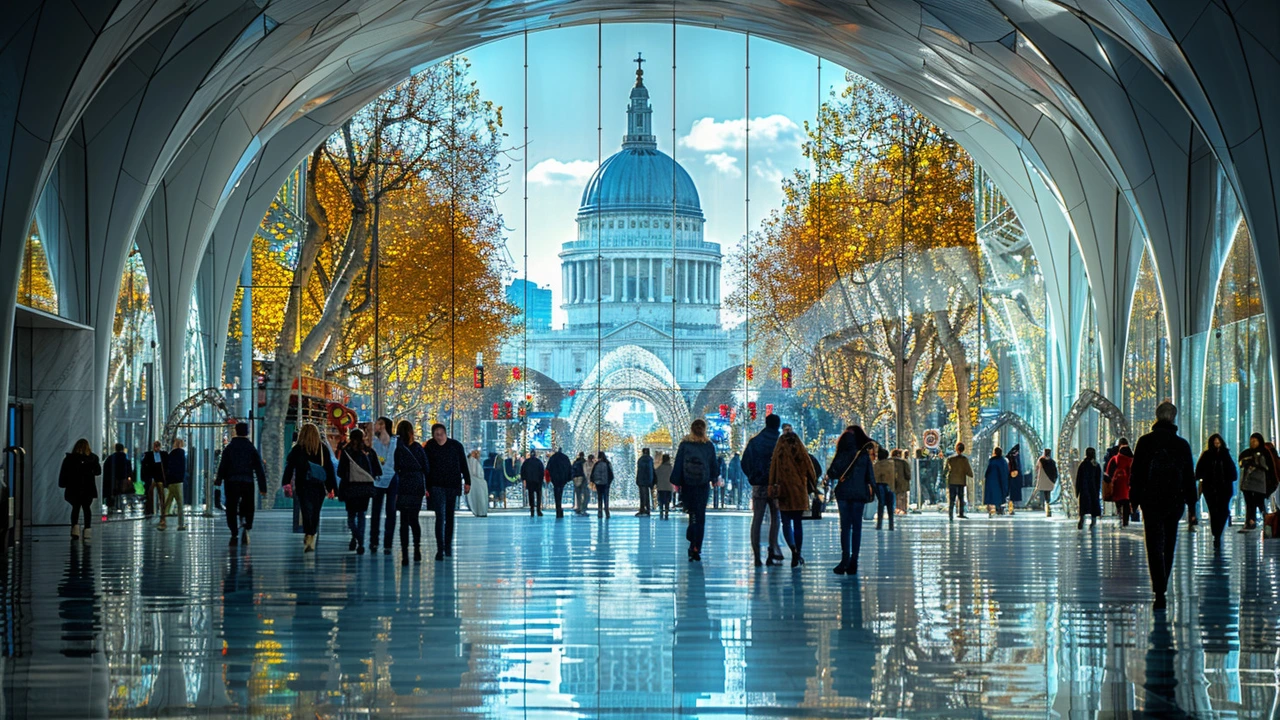Physics in Art: How Light, Motion, and Materials Shape What You See
Ever wonder why some paintings feel three-dimensional or why a sculpture stays balanced on a tiny point? That’s physics talking. Artists use simple physics—light, perspective, forces, and material behavior—to craft effects that make work believable, surprising, or alive. You don’t need a science degree to use these tools; a few basic ideas go a long way.
Where physics shows up in art
Light and optics: Light controls mood and clarity. Painters use contrast and shadow (chiaroscuro) to shape forms. Photorealists study reflections, glare, and lens blur so painted surfaces read like photos. Installations often use diffraction, reflection, or colored filters to change how a space looks as you move.
Perspective and scale: Linear perspective is a geometry trick. Vanishing points and horizon lines make flat surfaces read as deep space. Scale manipulation—making a small object enormous or vice versa—relies on how our eyes interpret size and distance. Sculptors and set designers use scale to guide emotional response.
Motion and balance: Kinetic art uses torque, counterweights, and aerodynamics. Alexander Calder’s mobiles are simple physics: equilibrium plus gentle air currents. Performance pieces may use pulleys and levers to create predictable or surprising movement. Understanding center of mass prevents collapses and helps plan graceful motion.
Materials and durability: Different materials stretch, crack, or fade in different ways. Metal expands with heat, wood warps with humidity, and some paints yellow over time. Conservation uses chemistry and physics to slow damage. Knowing material limits helps you pick safe methods for long-lasting work.
Practical tips artists can use today
Test small first: Build a scale model or mockup to check balance, light angles, or reflections. A tabletop model shows problems before full build.
Use controlled light: Try a single directional lamp to study shadows and highlights. Move the lamp to see how form changes—this helps with realistic shading or dramatic lighting effects.
Think about viewers moving: Walk around your piece while making it. If movement changes the key sightline, plan the experience. For kinetic work, add dampers or stops to avoid sudden spins or collisions.
Choose materials with conditions in mind: If your work will be outdoors, pick corrosion-resistant metals or treated wood. If indoors, think about heat from bulbs and how that affects adhesives and paints.
Collaborate with a maker or engineer: Simple calculations—torque, load, or light intensity—can save time and money. A quick sketch and a few measurements help professionals give fast, practical advice.
Physics doesn’t limit creativity; it makes ideas reliable. Use basic rules to push boundaries, not to box yourself in. When you control light, motion, and material, your work communicates more clearly and lasts longer.

